
Published on wpdailylive
Table of Contents
Amazon FBA has revolutionized how entrepreneurs and brands do business. The dream of passive income, fast shipping, and Prime visibility attracts millions of sellers. But behind the convenience of Fulfillment by Amazon (FBA) lies a reality many sellers don’t fully appreciate: Amazon makes mistakes.
Yes—even in 2025, with all of Amazon’s technology and AI advancements, inventory still goes missing. Items get damaged. Fees are miscalculated. Returns vanish into the abyss. Sellers who ignore these issues are often leaving thousands of dollars on the table every single year.
That’s why FBA reimbursements remain crucial for protecting your profits. And that’s why services like Getida have become more important than ever: they specialize in finding and recovering money that even Amazon’s automation doesn’t catch.
If you think Amazon’s bots have it all covered—or if you’ve never dug into your reimbursement reports—this guide is for you.
In this blog post, we’ll break down:
- Why FBA reimbursements are still highly relevant in 2025
- The limitations of Amazon’s own automated reimbursement systems
- Real-life examples of where automation fails
- How Getida’s hybrid human + tech approach finds money you’re owed
- Why relying solely on automation can cost you serious cash
- How sellers can future-proof themselves amid Amazon’s changing policies
Let’s get into it!
The High Stakes of FBA Errors
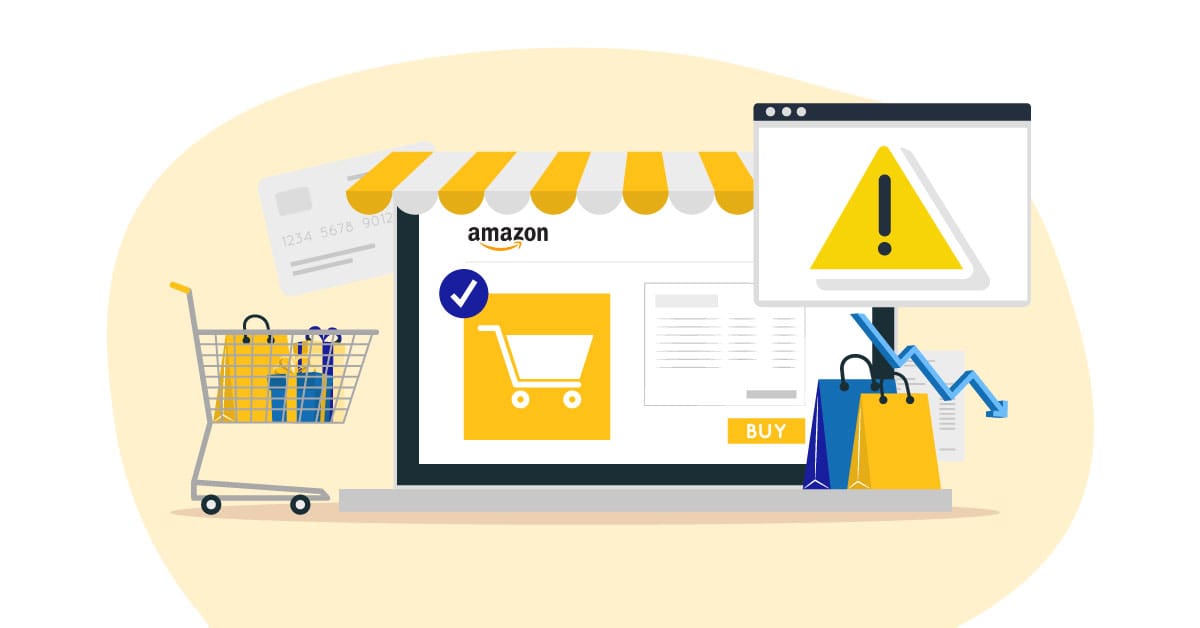
Imagine you’re an Amazon seller moving $1 million in inventory each year. Seems like a big business, right? But did you know industry data suggests 1% to 3% of FBA inventory is affected by errors such as:
- Lost items
- Damaged goods
- Mishandled returns
- Fee miscalculations
- Overcharges due to incorrect product dimensions or weights
Even at just 1%, that’s $10,000 annually in potential lost revenue. At 3%, it’s $30,000. For sellers scaling to seven or eight figures, these numbers become staggering.
Amazon’s fulfillment network is incredibly efficient—but it’s also complex and prone to human and system errors. There are millions of products, thousands of workers, and countless robots shuffling items around warehouses. Mistakes are inevitable.
Let’s examine the most common types of errors that lead to FBA reimbursements.
1. Lost or Missing Inventory
Perhaps the biggest bucket of reimbursement claims. It happens when:
- Shipments sent to Amazon arrive short (e.g. 500 units shipped, but only 470 logged as received).
- Items are misplaced within Amazon’s massive warehouses.
- Inventory is lost during inter-warehouse transfers.
Lost inventory directly impacts your sellable stock levels, your ability to fulfill orders, and your cash flow.
Example:
A seller sends a shipment of 1,000 phone cases. Amazon records 950 units. Those 50 missing items represent ~$750 in retail value. Without a claim, that money is lost.
2. Damaged Inventory

Inventory stored in Amazon’s fulfillment centers can be damaged by:
- Mishandling during storage or movement
- Accidents with robots or conveyor systems
- Packaging failures leading to crushed goods
If an item is damaged beyond resale condition while in Amazon’s custody, Amazon is responsible for reimbursing the seller. But it often requires filing a claim.
3. Customer Returns Gone Wrong

Returns are a minefield for Amazon sellers. Here’s why:
- Customers receive refunds, but don’t return the item.
- Returned items are lost or damaged during the return process.
- Amazon’s system fails to scan a returned item back into inventory.
- Returns are restocked incorrectly as sellable when they’re damaged.
Each of these scenarios creates inventory shrinkage and financial loss unless the seller files for reimbursement.
4. Fee Overcharges

Amazon calculates FBA fees based on:
- Product dimensions
- Product weight
- Storage duration
Sometimes, Amazon measures a product incorrectly. Instead of charging for a “standard-size” item, it charges oversized fees, which can be significantly higher.
Consider:
- Standard-size storage fee (Jan-Sep): $0.87 per cubic foot
- Oversize storage fee (Jan-Sep): $0.56 to $0.78 per cubic foot
But oversize items also pay higher handling fees, sometimes adding $1 to $10+ per unit unnecessarily.
Multiply that by thousands of units, and the extra costs are significant. Amazon won’t automatically refund these mistakes—you have to discover and dispute them.
5. Shipment Discrepancies

Inbound shipments can be marked as:
- Short: Amazon claims they received fewer units than you shipped.
- Over: Amazon shows more units than you sent, which can cause issues later if they deduct “phantom” inventory.
- Damaged: Items arrive broken or crushed during transit.
Each scenario requires monitoring and possible claims.
How Big Is the Problem?
Industry estimates show:
- 1% to 3% of inventory is lost or damaged in Amazon’s warehouses annually.
- Over $2 billion in reimbursements are processed by Amazon each year—but many errors still go unnoticed or unclaimed.
- Approximately 40–60% of eligible reimbursement funds are left unclaimed by sellers who don’t audit carefully.
Think about that: nearly half of all money Amazon owes sellers never gets claimed.
Amazon’s Automated Reimbursements: Helpful, But Limited

Over the past few years, Amazon has improved its systems for automatically issuing reimbursements. For example:
✅ They now automatically reimburse many lost or damaged warehouse items.
✅ Certain customer return issues may trigger proactive reimbursements.
✅ Some minor inventory adjustments are handled without sellers opening cases.
These improvements help—but they’re far from perfect.
What Amazon Automation Still Misses

Amazon’s bots simply can’t cover every scenario. Areas where manual intervention is still critical:
- Inbound Shipment Losses
Items lost during transit to Amazon are NOT auto-refunded. You must file a claim. - Removal Orders
Items lost during removal shipments back to your warehouse are NOT automatically reimbursed. - Returns Not Properly Restocked
If a customer’s return never hits your inventory count, Amazon won’t notice unless you catch it. - Fee Overcharges
Amazon never audits your product dimensions or weight for you. Sellers must manually check for overcharges. - Timing Errors
Amazon may “find” an item after marking it missing, then quietly close your claim. You may still be owed compensation for lost selling time or inventory discrepancies.
A Shrinking Claims Window

Another problem: Amazon has reduced the time sellers have to file claims. Historically, sellers had 18 months to file. Today, many claims must be filed within 60 to 90 days depending on the issue.
If you’re not watching your account closely, opportunities for reimbursement can expire—permanently.
Real-Life Examples Where Automation Fails
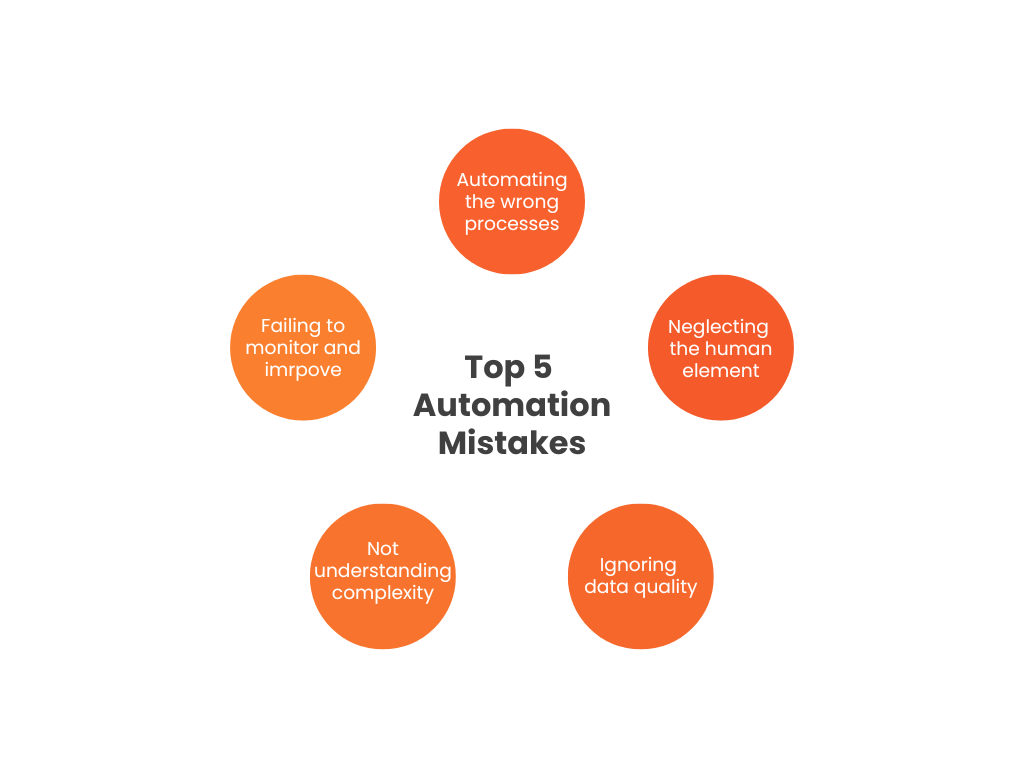
Let’s look at how sellers still lose money—even with Amazon’s automation:
Example 1: Inbound Shortages
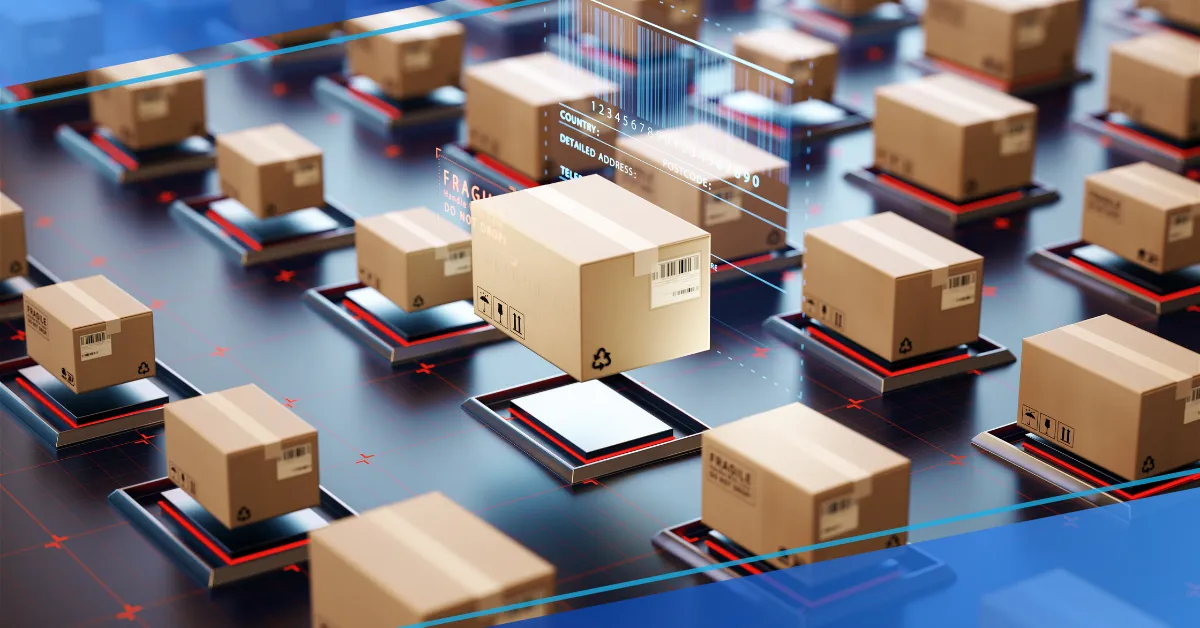
A brand ships 2,000 yoga mats to FBA. Amazon’s receiving report only logs 1,940. That’s 60 units missing—about $1,800 in lost revenue. Amazon’s system won’t automatically reimburse this. The seller must:
- Compare shipping documents to Amazon’s received quantity.
- Open a case with Amazon.
- Provide invoices and tracking info.
Many sellers never notice, losing thousands.
Example 2: Lost Customer Return

A customer buys a $50 product, initiates a return, but never sends it back. Amazon refunds the customer anyway. Unless the seller audits return reports, they lose $50 in inventory + the sale.
Example 3: Fee Overcharges
A small kitchen gadget was measured incorrectly as oversized:
- Correct FBA fee: $2.70 per unit
- Amazon charges: $4.85 per unit
Over 10,000 units sold, the seller loses $21,500 in unnecessary fees.
No automation tool inside Seller Central catches this. It’s up to the seller to notice and dispute.
Example 4: Inventory Adjustment Glitches
Amazon sometimes “finds” inventory previously marked missing, then reverses reimbursement. Sellers may still be owed money for time inventory was unavailable but Amazon’s system closes the case.
Why Sellers Don’t Claim What They’re Owed
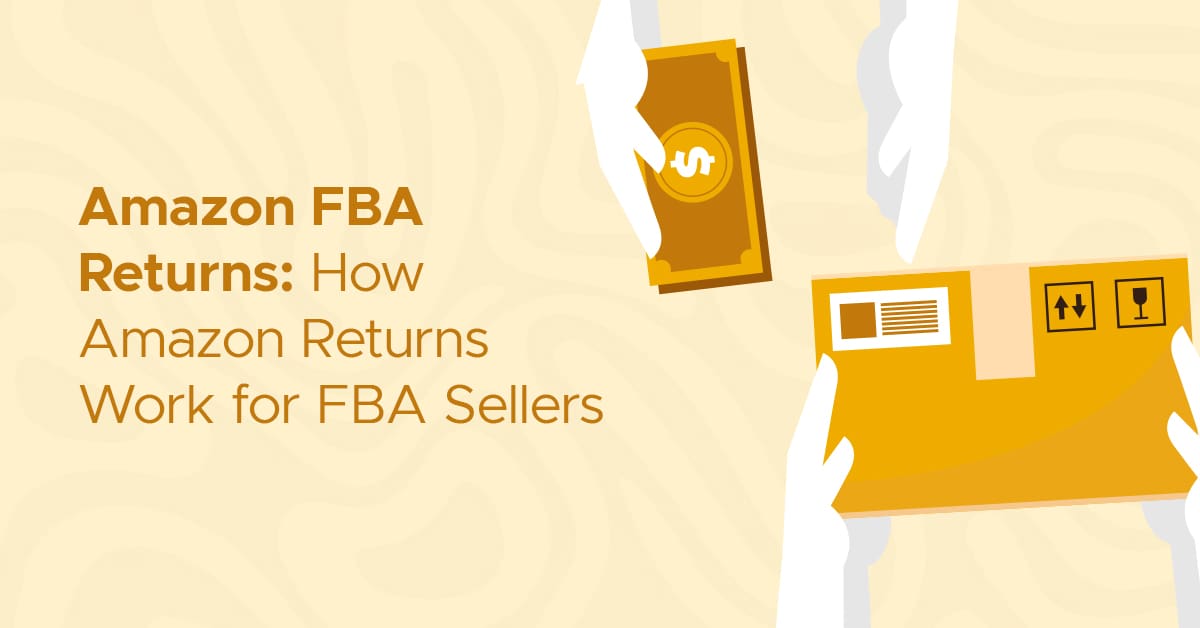
Even large sellers fail to claim money because:
- They don’t know how to analyze Amazon’s dense reports.
- The process is time-consuming.
- Amazon’s policy language is confusing and changes frequently.
- They believe Amazon’s systems automatically handle everything.
This lack of action is why companies like Getida exist.
Introducing Getida: The Hybrid Approach

Getida specializes in helping Amazon sellers recover money for FBA discrepancies. Unlike purely automated solutions, they combine:
- Automated software to scan reports for discrepancies.
- Human experts to manually investigate, file claims, and follow up.
This hybrid model offers two big advantages:
✅ Scale: Automation processes massive data sets quickly.
✅ Expertise: Humans understand Amazon’s rules, policies, and how to escalate denied claims.
How Getida Works
Here’s what Getida does for sellers:
- Connects to Your Amazon Account
Securely reads your FBA inventory, shipments, returns, and fees data. - Audits All Reports
Scans hundreds of fields for:- Lost inventory
- Short shipments
- Damaged items
- Unprocessed returns
- Fee discrepancies
- Prepares Claims
Gathers required documentation: invoices, tracking info, SKU lists, etc. - Files Cases With Amazon
Submits cases on your behalf. - Handles Appeals
If Amazon denies a claim, Getida’s team fights for you. - Reports Recovered Funds
You see exactly how much money they’ve recovered.
What Makes Getida Different
Many “reimbursement tools” stop at generating a list of potential issues. Sellers still have to:
- Open cases with Seller Support
- Gather documentation
- Deal with Amazon’s responses
- Manage appeals
Getida does all this for you. Sellers often recover 2-3x more money than they’d find on their own.
Getida vs. Automation-Only Tools
Automation-only tools like:
- Helium 10 Refund Genie
- Sellerise
- SellerLogic Lost & Found
…are helpful for quick reports. But they’re limited.
Pure software tools:
❌ Don’t handle nuanced cases.
❌ Don’t appeal denied claims.
❌ Rely on sellers to file cases manually.
❌ Can miss subtle issues in Amazon’s reports.
Getida combines automation plus human oversight:
✅ Files cases directly with Amazon.
✅ Escalates and negotiates on your behalf.
✅ Identifies policy changes that affect claims.
✅ Monitors complex cases to ensure completion.
This difference translates into real dollars. Sellers using hybrid services like Getida recover more money—and with less hassle.
The 2025 Reimbursement Challenge: Cost-Based Reimbursements

A major change in 2025 is shaking up the reimbursement landscape:
Amazon is shifting to reimbursing lost/damaged inventory based on the product’s manufacturing cost—not the selling price.
This means:
- Lower reimbursements for expensive products.
- Stricter documentation requirements.
- Even less money recovered if claims aren’t filed quickly.
For example:
- Old system: $50 selling price → $50 reimbursement.
- New system: $50 selling price → $12 manufacturing cost → $12 reimbursement.
This makes every dollar recovered today even more critical.
Sellers need to:
- File historical claims ASAP before new policies fully roll out.
- Document manufacturing costs precisely.
- Monitor Amazon’s policy updates.
Getida helps sellers navigate this shift, ensuring you’re not caught off guard.
The ROI of Professional Reimbursement Services
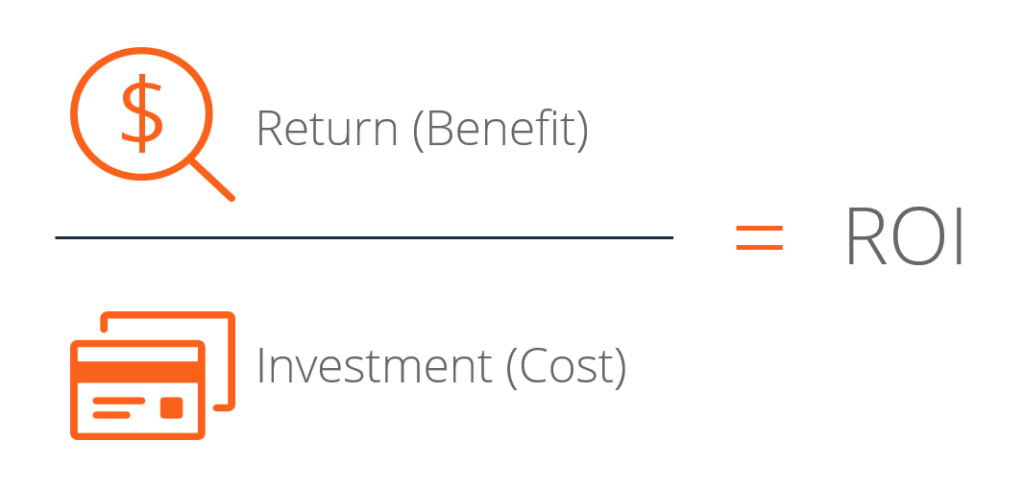
Some sellers worry about fees for reimbursement services. But consider:
- Without audits, you might recover zero dollars.
- Even a 50% commission on found money is better than leaving 100% unclaimed.
- Time savings are enormous—especially for large accounts.
Sellers using Getida routinely recover thousands to hundreds of thousands of dollars annually.
Why Reimbursements Are Non-Negotiable in 2025
If you’re selling on Amazon, reimbursements should be:
- Part of your regular business operations.
- Viewed as found money—because it truly belongs to you.
- A line item in your P&L.
Ignoring this is like letting Amazon keep your cash by mistake.
How to Get Started
Ready to stop leaving money on the table? Here’s how:
- Audit your account using software or manually pull reports.
- Identify lost/damaged inventory, fee errors, and return issues.
- File cases with Amazon—and follow up.
- Or—let Getida handle it for you.
Many sellers sign up for Getida’s services with no upfront cost. They only pay a percentage of recovered funds. It’s truly risk-free.
Final Thoughts
Amazon FBA is still one of the best ways to build an e-commerce business. But it’s not a perfect system. Even in 2025, mistakes happen every single day. Sellers who rely solely on Amazon’s automation miss out on significant reimbursement opportunities.
If you’re serious about maximizing your profits and protecting your business, reimbursements can no longer be an afterthought. Tools like Getida bring together technology and human expertise to ensure you get back every dollar Amazon owes you.
It’s your money. Don’t leave it behind.
👉 Ready to see how much Amazon might owe you? Sign up with Getida here and start recovering your lost revenue today.
Have you ever recovered a surprising amount from FBA reimbursements? Share your story in the comments below or join the discussion on our community forum at wpdailylive!








